AP Bio - Unit 0 - Methods of Science
1/29
Earn XP
Description and Tags
GSMST AP Bio Vocab
Name | Mastery | Learn | Test | Matching | Spaced |
|---|
No study sessions yet.
30 Terms
Bar graph
A type of chart that represents data with rectangular bars, where the length of each bar is proportional to the value it represents. Bar graphs are often used to compare different groups or track changes over time.
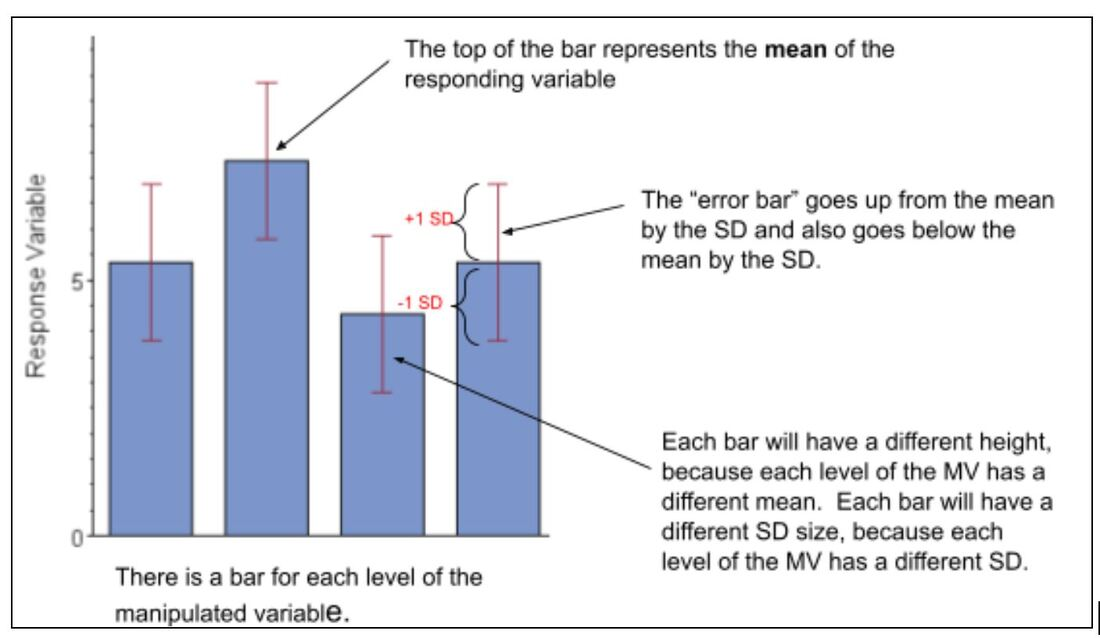
Biology
The scientific study of life and living organisms, encompassing a wide range of fields that examine the structure, function, growth, evolution, and distribution of living things.It includes areas such as genetics, ecology, and physiology.
Box & Whisker plot
Box & Whisker plots are a standardized way of displaying the distribution of data based on a five-number summary: minimum, first quartile, median, third quartile, and maximum. This type of plot helps to visualize the central tendency and variability of a dataset.

Cell
The basic structural and functional unit of all living organisms, consisting of cytoplasm enclosed within a membrane, and containing genetic material and organelles.
CER
A framework for constructing scientific explanations that includes a Claim, Evidence, and Reasoning, used to articulate and support conclusions based on data.
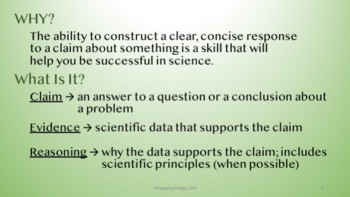
Null Hypothesis (H0)
A statement that there is no effect or no difference between variables, used as a default position in statistical testing. It serves as a basis for comparison against the alternative hypothesis.
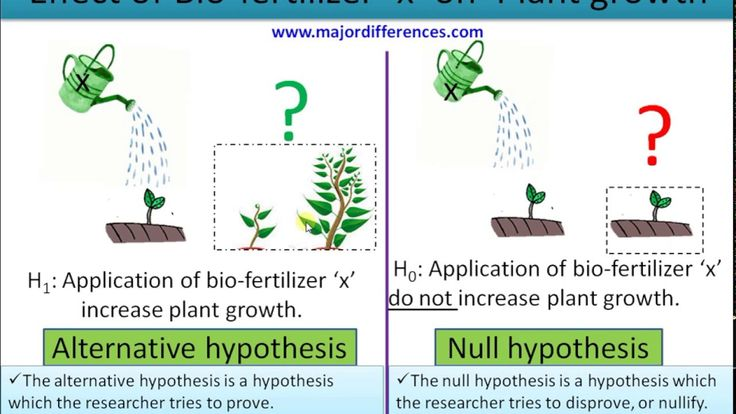
Alternative Hypothesis (HA)
A statement that indicates the presence of an effect or a difference between variables, which researchers aim to support in statistical testing.
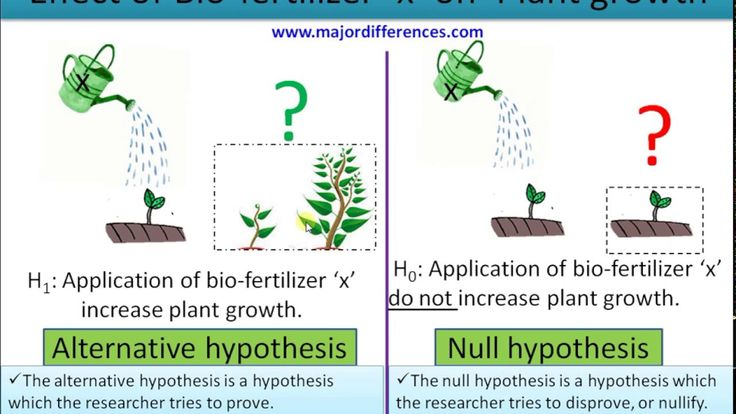
Critical Chi Square Value
The threshold that determines whether to reject the null hypothesis based on the chi-square statistic.

Alpha (Chi Square Test)
The significance level in hypothesis testing represents the probability of rejecting the null hypothesis when it's true. Commonly set at 0.05, it sets the threshold for statistical significance.
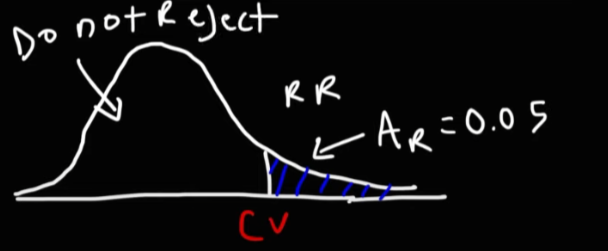
Chi Square Goodness Fit vs Independent Test
Two types of chi-square tests: the goodness of fit test determines if a sample distribution matches an expected distribution, while the independence test assesses if two categorical variables are independent of each other.

Degrees of Freedom
The number of values in a statistical calculation that can vary is used to find the chi-square distribution. (Goodness fit test: n - 1)
Chi Square Distribution Table
A reference table used to find critical values for chi-square tests, based on degrees of freedom and alpha levels, to determine statistical significance. (Area right to the critical value = alpha)

Chi Square Formula
A formula used to calculate the chi-square statistic by comparing observed frequencies to expected frequencies, in EACH CATAGORY. E = sigma, the sum of all the equations from each catagory

Control Group
The control group is the group of subject that receive no treatment or a standardized treatment. Uses it as a baseline to compare with the experimented group.
Controlled experiment
In a controlled experiment, all variables other than the independent variable are controlled or held constant so they don’t influence the dependent variable.

Controlled variables/constants
A control variable is any factor that is controlled or held constant during an experiment.
Data table
A display of information in a table.
Dependent variable
What is measured in an experiment, and its value depends on changes made to an independent variable
DNA
DNA, deoxyribonucleic acid, is the material that carries all the information about how a living thing will look and function.
Error Bars
An error bar is a line through a point on a graph, parallel to one of the axes, which represents the variation or spread relative to corresponding point (which is usually a central tendency, such as mean) (small SD bar = low spread, data are clumped around the mean; larger SD bar = larger spread, data are more variable from the mean).
(2± 1 SEM)
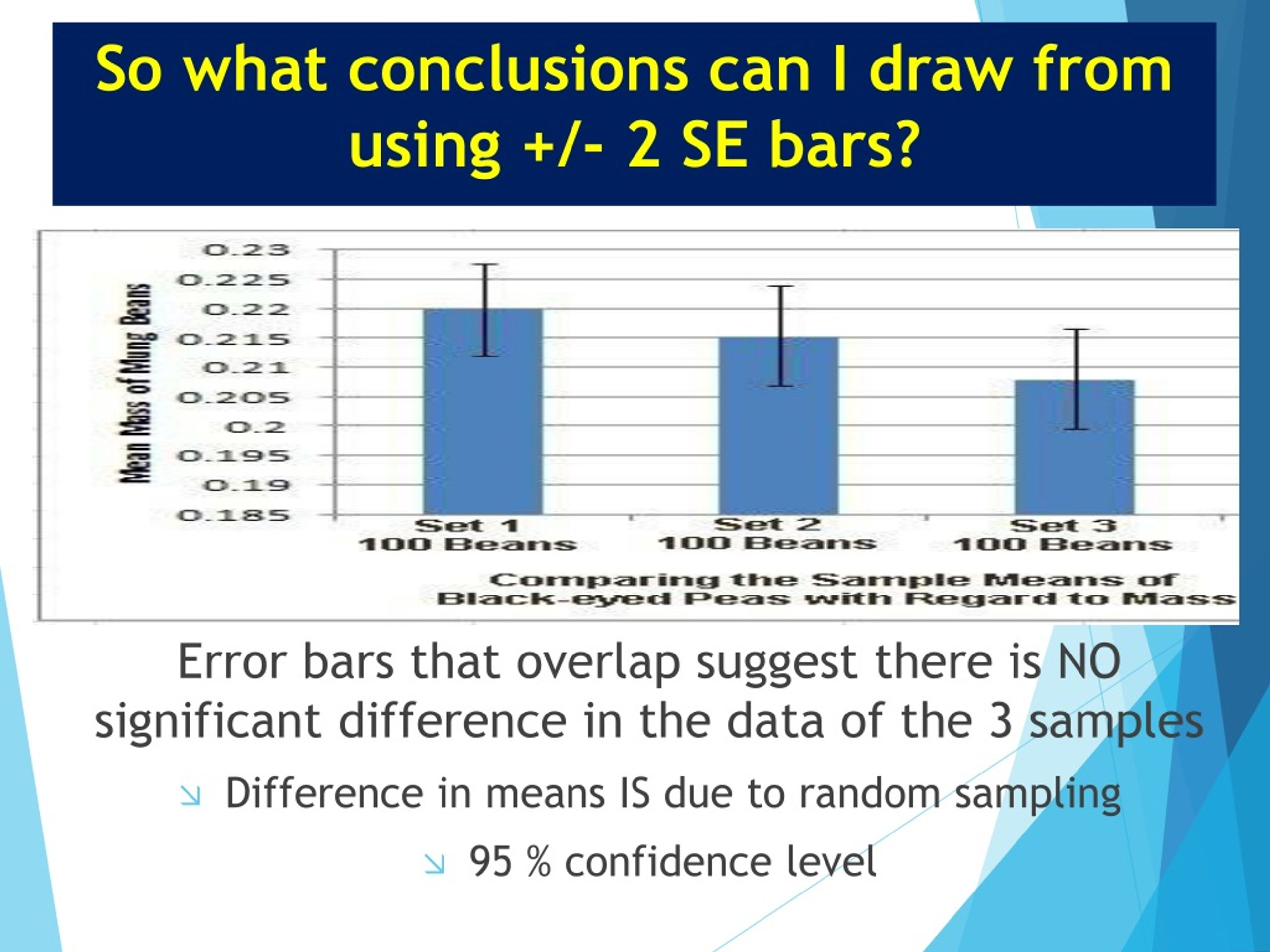
Evolution
Various types of plants, animals, and other living things on Earth have their origin in other preexisting types and that the distinguishable differences are due to modifications in successive generations.
Experimental group
An experimental group is the group in a designed experiment that receives the treatment or condition that researchers are testing.
Independent variable
An independent variable is a factor that is manipulated or changed in an experiment to observe its effect on a dependent variable.
Law
A scientific law is a statement or mathematical equation that describes or predicts a natural phenomenon.
Line Graph
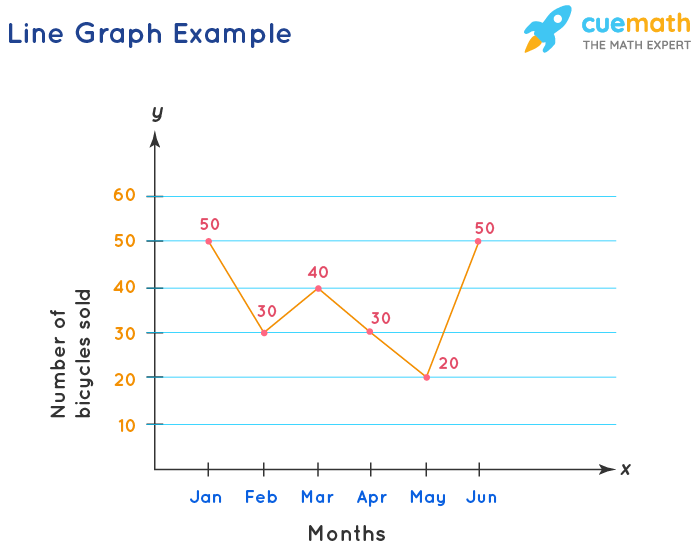
Line of best fit
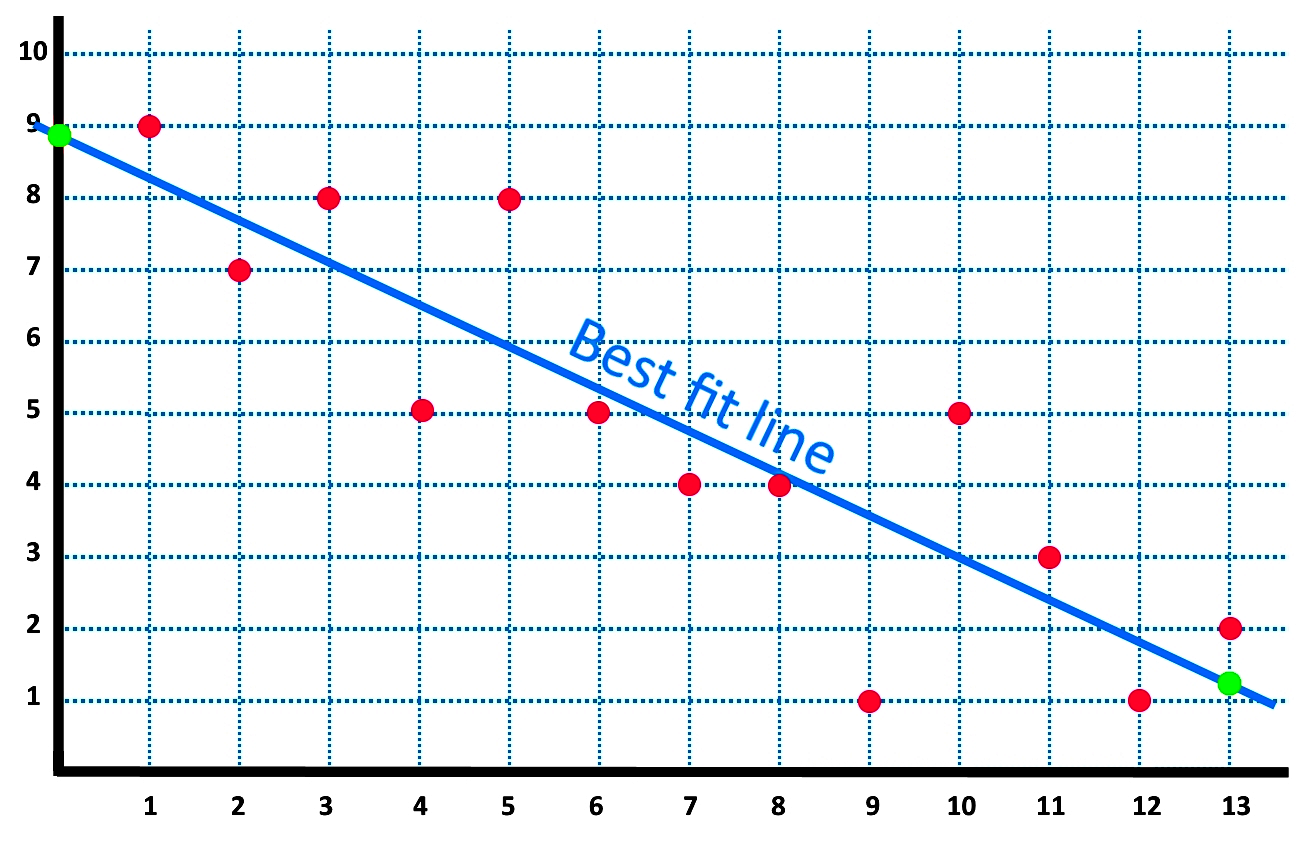
Mean
The average of all numerical data.
Negative control
Negative control refers to a group that does not receive the procedure or treatment and is expected not to yield a positive result. Its role is to ensure that a positive result in the experiment is due to the treatment or procedure.
P-value
A p-value helps determine the significance of results in hypothesis testing. It's the probability of observing the test results (or more extreme), assuming the null hypothesis is true; smaller p-values suggest stronger evidence against the null hypothesis.
